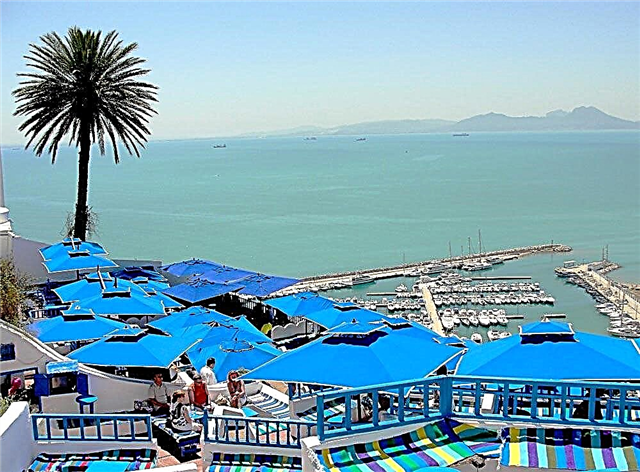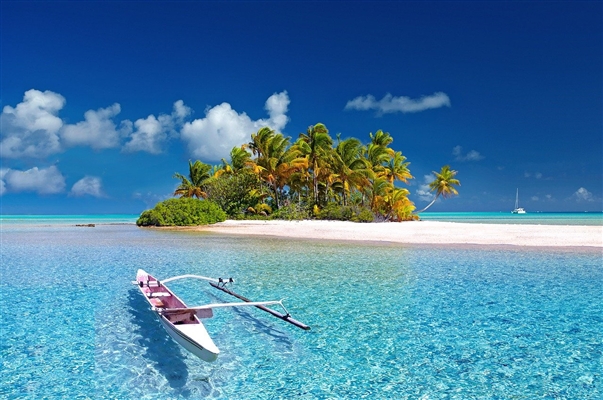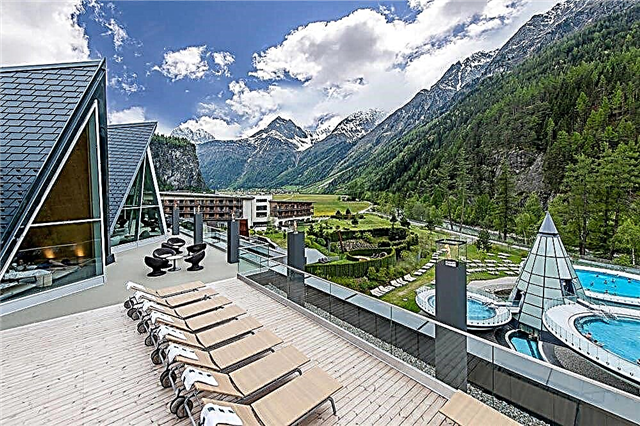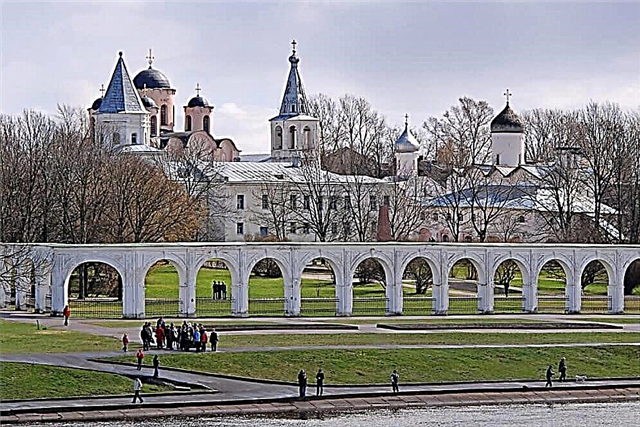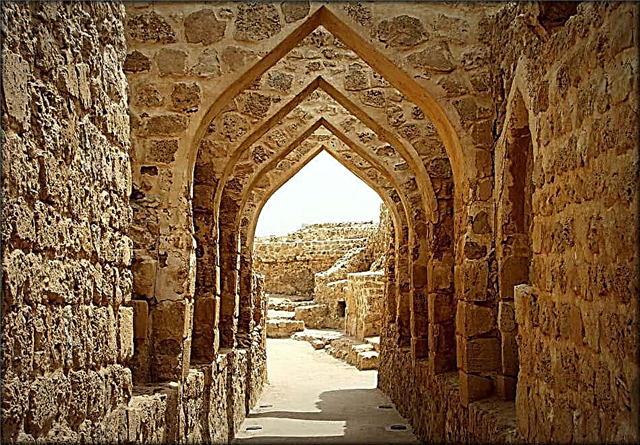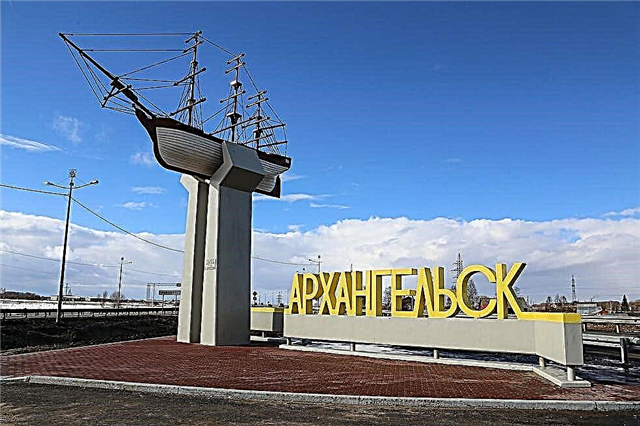Arkhangelsk is the largest city among the regions of the North of European Russia. On his coat of arms is an Archangel with a fiery sword and shield, defeating the devil. It rightfully bears the name of the city of sailors and lumberjacks. Arkhangelsk is the first Russian seaport in Russia.
Over the centuries of the city's existence, different types of architecture have intertwined in it, many buildings of historical value have been preserved. Most of the monuments were built in the modern era and Soviet times. Now in Arkhangelsk there are several dozen large monuments and obelisks. In addition to monuments, the city has many exhibits of military equipment, located on pedestals.
Historical and modern monuments of Arkhangelsk
List of the most famous monuments of the city.
Monument to Peter I
The emperor is presented during the Battle of Poltava in an officer's uniform. In his left hand, Peter the Great holds a telescope, and in his right he leans on a cane. The monument is 7.5 meters high. The years of the Emperor's visit to Arkhangelsk are carved on the monument. The date of the competition for the project of the pedestal for the statue is engraved on the obverse. The sculpture was opened in 1914 and is located in Petrovsky Park.

"City of Military Glory"
The stele is 12 meters high made of granite, on the top there is a gilded coat of arms of the Russian Federation. The monument contains images of the main military events of the city. The peculiarity of the monument consists in the presence of symbolic bows of ships, since Arkhangelsk has a naval glory. The monument was opened in 2011 in honor of the anniversary of the arrival of the first convoy and is located on the embankment of the Northern Dvina. The stele was illuminated after installation.

"400 years of Arkhangelsk"
Monument in the form of the bow of the boat, which moored to the shore. There is a memorial plaque on the monument with information about the founding of the sea city. The building was opened in 1984 to celebrate the 400th anniversary of Arkhangelsk. The memorial sign is installed at Cape Pur-Navolok, where the history of the city began. The authors of the monument are Igor Skripkin and Vadim Keberov, the artist is Ivan Arkhipov.

Monument to the Victory in the 1941-1945 War and the Eternal Flame
Pointed concrete stele 19 meters high. Nearby were three bronze figures of defenders - the Woman Warrior, the Sailor and the Soldier. The composition is united by a stylobate of granite slabs. In the arch, located in the stele, there is a bronze bowl, in which the eternal flame burns. The monument shows the number of northerners who gave their lives on the military front. The monument was opened in 1969 on Peace Square.

Monument to M.V.Lomonosov
The sculpture of the Russian scientist is presented in the style of late classicism. The monument includes two figures - Lomonosov, dressed in a Roman toga and a naked winged genius bowing his knee, who gives him a lyre. The sculptures are placed on a spherical base. The monument was opened in 1832 with folk funds, now the monument stands near the main building of NArFU. The monument has federal significance.

"To the seal - the savior of the inhabitants of Arkhangelsk and besieged Leningrad"
A bronze seal weighing about 900 kg perched on a granite pedestal. The light part symbolizes the ice floe, and the dark base symbolizes the arctic cold waters. The meat and fat of animals saved many lives of the inhabitants of Arkhangelsk and Leningrad during the war. Therefore, after the end of hostilities, it was decided to erect the monument, but it was embodied only in 2010 on the embankment of the Northern Dvina.

Monument to V.I.Lenin
The politician is depicted as a tribune. A bronze sculpture of Lenin stands on a granite pedestal with his copied signature. The monument was erected in 1988 on Lenin Square, where a fountain was previously located in front of the building of the regional committee of the Communist Party of the Soviet Union. It became the last monument to the Soviet leader, which was made and installed in the USSR. The sculptor of the monument was Lev Kerbel.

Monument to S.G. Pisakhov
The children's writer is depicted in full size as a good-natured old man with a mustache and beard. The storyteller is dressed in a long coat and leans on a cane. A seagull sits on his hat, and a cat rubs on his legs. The sculpture's right arm is stretched out, as if for a handshake, in the left - a string bag with a fish. The monument was opened in 2008 on Chumbarov-Luchinsky Avenue, next to the street where the writer lived.

Obelisk of the North
A four-sided obelisk and a 6-meter-high figure "Pomor with a Deer", located on a pentahedral pedestal. A hammer and sickle can be seen in the center. There are five bas-reliefs on the walls of the pedestal, they reflect the types of the national economy of the north. The materials for the composition are granite chips, cement and sandstone. The monument was erected in 1930 on Troitsky Avenue in honor of the formation of the Northern Territory.

Monument to the Solovetsky Cadets
The sculpture is presented in the form of an anchor and a guy in a sailor suit going to the bottom. The monument is made of bronze and came out quite emotional. The building was built in memory of all the young cabin boys who gave their lives in the Second World War. In Arkhangelsk, young people were recruited to the Solovetsky school. The monument was built in 1993 on the embankment of the Northern Dvina. The author of the work is Vahe Sogoyan.

Monument to the participants of the northern convoys
The structure consists of a wall that embodies the naval blockade through which the sailors broke through. The ship, which overcomes the blockade and seems to go into another dimension, symbolizes the departure of the dead souls of sailors to heaven. The sculpture is made of bronze and installed on a granite pedestal. The 2-meter-high monument was opened in 2015 on the embankment near Mira Square. The author is Sergey Syukhin.

Monument to Admiral N. Kuznetsov
A bronze figure of a naval commander with a total height of 6 meters. The pedestal symbolizes a part of a warship. The admiral's statue looks towards the left bank of the Northern Dvina. In his right hand he holds binoculars, a cap on his head, and his chest is decorated with medals and orders. The monument was opened in 2010 for the anniversary of the victory in the Great Patriotic War. The author of the monument was Ivan Cherapkin.

Monument to P.F.Vinogradov
The figure of a participant in the civil war is presented at full height. Vinogradov is depicted in military clothing, a leather jacket tied with belts, a Mauser on his side. The pedestal is covered with granite blocks. There is a bronze bas-relief on the monument: a bent banner, against its background one can see a five-pointed star, oak and laurel branches, which is a symbol of the immortality of the feat. The building was built in 1965 on Troitsky Avenue.

"Arkhangelsk man"
Monument to the character from the fairy tale "Burbot Nalimych" by children's writer Stepan Pisakhov. The bronze Pomor peasant is represented by a bearded man dressed in an open sheepskin coat, boots and a hat with earflaps. With one hand, he cuts the air, opening his mouth, and with the other he holds on to the fin of an unusual horse. The monument to Sena Malina was built in 2009 and is located on Chumbarov-Luchinsky Avenue. The author is Sergey Syukhin.

"To the Valiant Defenders of the Soviet North"
Represents a group of soldiers raising their rifles to the top. The monument is located on a granite pedestal with a dedication inscription on it. The monument was erected in 1985 in honor of the anniversary of the October Revolution. Dedicated to the Red Army soldiers who took part in the battles against the interventionists during the Civil War. Now the monument stands in front of the Arkhangelsk Trade Union Sports Palace.

Monument to Peter and Fevronia
Bronze monument 3.3 meters high. It presents a picture of the return of princes Peter and Fevronia from exile back to Murom to reign. They are the patrons of family and marriage. The newlyweds come to the monument to bow and ask for blessings. Nearby there is a bridge where the newlyweds hang their locks. The monument was erected in 2009 as part of the In the Family Circle project.

British tank Mk.V
Machine-gun tank with a Ricardo carburetor engine. The tank weighs 28 tons, and is designed for 8 people. The monument was erected as a symbol of the Red Army's victory over the interventionists during the Civil War in the north. The tank has a federal security category and is located on Troitsky Prospekt. First opened in 1940, it is now housed in a glass case to protect it from snow and rain.

Schooner "West"
Three-masted motor-sailing schooner. Monument to the northern wooden sailing ships at the State Northern Maritime Museum of the city. The ship was first launched in 1949, the schooner was used in the creation of the film "Georgy Sedov". Since 1983, it has been installed at the Red Pier as a monument and symbol of the first port of the Russian Federation. In 2016, it suffered from a fire due to arson and is now being dismantled.

"Zero verst"
A sign denoting the place from which the distance to other cities of the Russian Federation is counted. It is a pedestal decorated with gilded cones on four sides. A weather vane is located at the top. Near the monument there is a small square with benches and flower beds. The monument was erected in 1999 at the crossing of Troitsky Avenue and Voskresenskaya Street, not far from the Central Post Office building.

Monument to Kozma Prutkov
The bronze figure of the character of Russian literature stands on a pedestal in the form of a stump with bare roots, on which his aphorisms are inscribed. Prutkov is presented in a tailcoat, in one hand he has a quill pen, in the other he holds a collection of his poems. At the feet of the hero is a snake as a symbol of caustic satire. The monument was erected in 2015 on Chumbarov-Luchinsky Avenue. The author of the sculpture is Sergey Syukhin.

"To Russian wives - to the banks of the family hearth"
The composition includes three figures: a woman, a child and a cat. Severyanka sat down with a spinning wheel in a kokoshnik and a sundress. A cat sits next to her, which is a symbol of home comfort and hearth. The woman has the Gospel on her lap, praying that her betrothed will return. The monument was erected in 2013 on Chumbarov-Luchinsky Avenue. The author of the work is Sergey Syukhin.

Monument to B. Shergin
Bronze sculpture for the storyteller, more than two meters high. He sits on the edge of a chair, and his hands seem to send people a word. The writer's feet are depicted barefoot, Pomor epics come to life - ships are running across the sea, wooden huts and temples can be seen. The monument was erected in 2013 on Chumbarov-Luchinsky Avenue at the expense of patrons of the arts. The sculpture to the writer-storyteller was created by Sergei Syukhin.

Monument to the Yak-18T aircraft
On a special pedestal stands the original aircraft with a tail number. He performed more than one flight and flew more than one thousand kilometers. It was on such an aircraft that civil aviation pilots learned to fly. The monument was erected in 2012 at the city airport in the village of Talagi. The construction was initiated by an association of veteran civil aviation pilots of the Russian North.

"To the victims of the intervention in the North in 1918-1920"
The monument was erected on the mass grave of 49 resistance heroes who gave their lives. Their names are engraved on bronze plaques at the base of the obelisk. On the obverse there are images of bent banners, a wreath of oak and laurel leaves, which is a symbol of military glory. The monument was erected on the embankment of the Northern Dvina. The author of the project is Vadim Kiberev.

Monument to the inhabitants of the military Arkhangelsk
The composition includes a woman and a little girl standing next to her, hugging a doll. Two figures are symbols of two generations - mother and daughter. According to the idea, they gathered in a bomb shelter to save their lives. The woman holds in her hands the image of Our Lady of Kazan. The monument was opened in 2015 in Victory Square in honor of Victory Day. The author of the sculpture was Sergey Syukhin.

Monument to Yu.A. Gagarin
Bust on a granite pedestal to the Soviet pilot-cosmonaut Yuri Gagarin. The monument was opened in 1984 and is located on Gagarin Street, opposite the house number 5. In 2018, it was decided to add a commemorative plaque to the sculpture. This is due to the fact that to preserve the memory of the pilot among the younger generation. Half a century has passed since Gagarin's death, and now not everyone recognizes the famous cosmonaut.

Monument to the Builders of the North
The prototype for the creation of the sculpture was the foreman of the first construction trust in the city, Yegor Bankovsky. He took part in the construction of objects in Arkhangelsk. The monument was created during the life of the hero. Since 2014, the figure has been located on the embankment of the Northern Dvina near the building of the Institute of Construction and Architecture of NArFU. Before restoration it stood on Gagarin Street. Diplomas are issued to graduates in front of the monument.

Monument to the traffic police inspector
Car inspector made of bronze in the form of the 50s of the last century. He is dressed in a sheepskin coat and felt boots, holding a striped baton in his hands. Next to him on a pedestal is a traffic light and a real "Moskvich" 1958, painted yellow with a blue stripe. The monument was opened in 2011 at the entrance to the building of the regional traffic police department. The composition is dedicated to the 75th anniversary of the creation of the service. The author is Sergey Syukhin.

Monument to Patriarch Tikhon
A sculpture of a patriarch made of bronze, 3.5 meters high, with a total weight of about 2.5 tons. The monument is the first of its kind to St. Tikhon on the territory of the Russian Federation. The monument is located near St. Tikhon's Church in the Northern District of the regional capital. The monument was opened in 2014 on the day of the holy apostles Peter and Paul. The sculpture was consecrated by Metropolitan Daniel of Arkhangelsk and Kholmogorsk.

Stele "Arkhangelsk"
It is a white and red ship, standing on a high pedestal at the entrance to the city along the Kholmogory highway. The attraction is considered a symbol of the city. The ship is in reinforced concrete arms. The stele is popular with newlyweds who come to take photos. The first structure that is submitted to the review of passing motorists.



